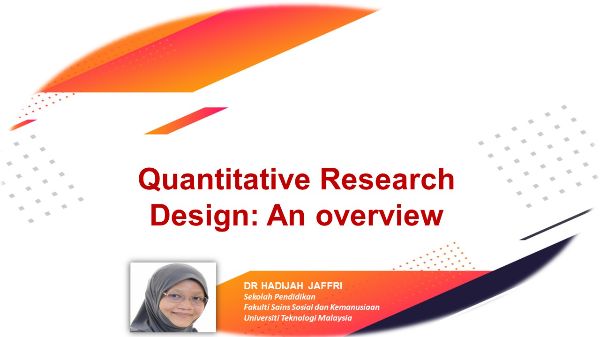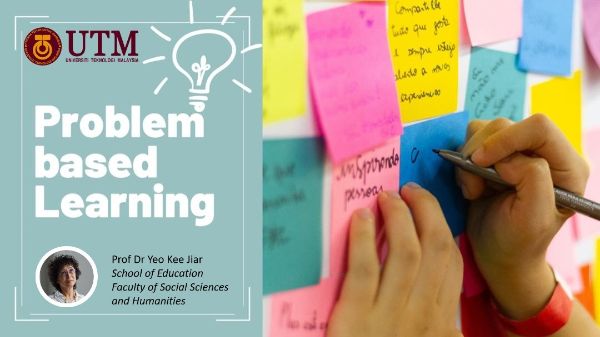By : HASSAN MM ABUHASSNA
School : School of Education
Audience : Undergraduate
Language : English
Description:
In these videos series, I’m going to be teaching education technology class SHPP1042. The course introduces the principles of educational technology in relation to the teaching and learning process. It explores the utilization and integration of technology in education with the purpose of improving education. This includes the discussions on the use of the basic concept of communication and instructional design models in designing learning materials so as to improve and meet the specific goals in teaching and learning. As learning materials today have greatly expanded because of the various technological advances, students will take a step back to learn some of the conventional techniques such as the blackboard, whiteboard, televisions, VCRs, and different types of projectors (overhead, slide, and opaque projectors). The students will also be given the opportunity to explore the use of newer technology such as the computer, various software applications, LCD projectors, camcorders, digital cameras, scanners, the Internet, satellite, interactive TV, audio & video conferencing, and artificial intelligence in designing the most effective learning environment for students. With the knowledge of educational technology, future educators must be proficient in computer literacy. Thus, at the end of this course students are taught to develop instructional materials for teaching and learning purposes through group work projects as they will become an educator later to address the digital divide in the society.

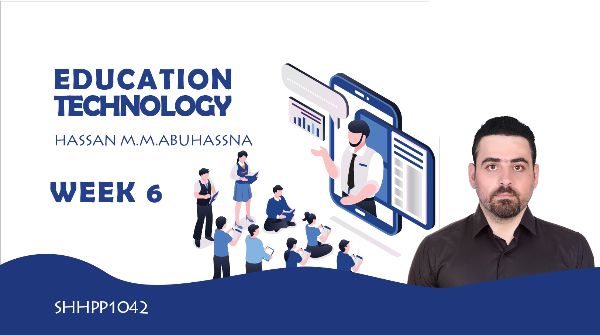
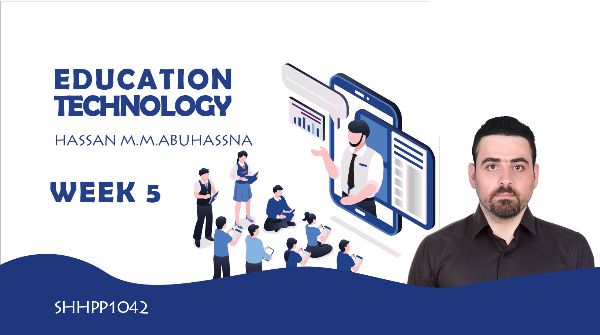
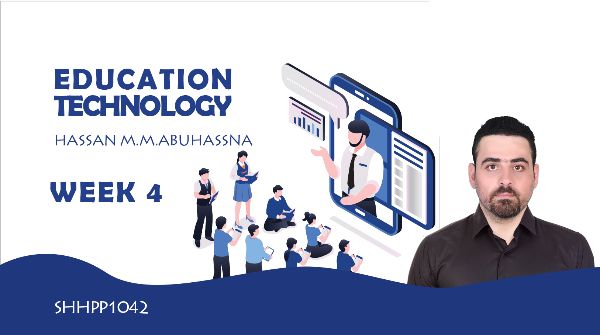
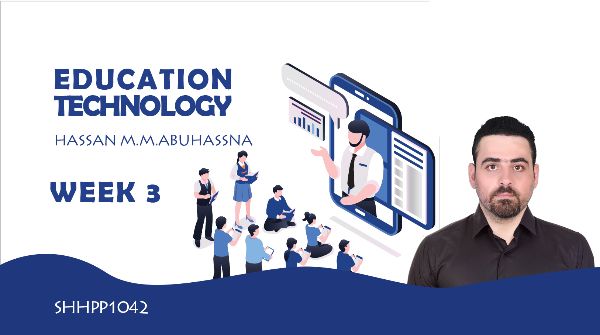
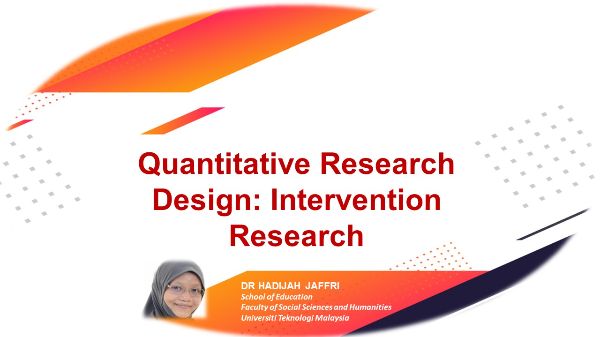
![Non-probability sampling design [Created by using Doodlemaker]](https://fest.utm.my/omelet/wp-content/uploads/sites/34/formidable/2/Non-probability-sampling-1.jpg)
